
2024-09-05 10:33
Multinational firms indirectly buy soy from illegally leased tribal lands Expansion of commercial farming on Indigenous lands causes division and conflict Indigenous leaders and federal police highlight economic pressures and legal challenges PASSO FUNDO, Brazil, Sept 5 (Reuters) - Farm cooperatives in Brazil that supply some of the world's biggest multinational agricultural firms are buying soybeans grown illegally on Indigenous reservations in the country, according to tribal leaders and court records, despite the companies' public pledges to respect the land rights and resources of Indigenous peoples. The expansion of commercial farming onto Indigenous lands, which make up about 13% of Brazil's territory, has stirred division and violent conflicts in scores of communities, according to the federal police, the Catholic Church's Indigenous Missionary Council and the Brazilian government agency overseeing Indigenous affairs, FUNAI. Brazil's constitution set aside lands for the exclusive use of Indigenous communities while a 1973 law outlaws renting these lands or forming partnerships to grow commercial crops. But the restrictions are not codified in the country's penal code, which makes enforcement difficult, federal police say. And while it is legal for tribal members to grow soybeans themselves, few of them have access to the funds needed to go into commercial-scale farming. Since 2013, the area devoted to soy cultivation across the 14 Indigenous reservations in Brazil's southernmost state of Rio Grande do Sul has grown to nearly 28,000 hectares (70,000 acres), a 23% increase over the decade, according to previously unreported satellite data provided to Reuters by MapBiomas, a nonprofit land-use research group. "The people in charge, the chiefs, are making a lot of money while the rest of the community is dying of hunger," said Aldronei Rodrigues, federal police regional superintendent in Rio Grande do Sul. For many members of Brazil's Indigenous communities, leasing lands remains one of their best economic options, according to FUNAI. The agency said in a statement to Reuters that government policies do not provide sufficient access to credit or technical support to help tribal members go into commercial farming on their own. With jobs scarce on the reservations, many people migrate to find work as seasonal laborers or in meatpacking plants for relatively low pay, local residents said. "The search for better living conditions gave rise to different illicit activities, leasing and cultivation of genetically modified crops[on their lands], notably in the south of the country," FUNAI said. Brazil is the world's biggest producer and exporter of soybeans, which are used in animal feed, biofuels and processed food. Industry trade data shows two-thirds of Brazil's harvest ultimately ends up in global markets. In Rio Grande do Sul, which has a population of 10.8 million, almost all of the harvest is sold to farming co-operatives including Cotrijal Cooperativa Agropecuaria e Industrial (Cotrijal) and Cooperativa Triticola Sarandi (Cotrisal), the two biggest in the state, according to two grain brokers. Reuters spoke to four Indigenous leaders, including the chiefs of the Serrinha and Nonoai reservations, two of the most involved in soy cultivation in the north of Rio Grande do Sul state, who said the commercial crops raised on their lands were sold to Cotrisal and other farming co-operatives. Three more Indigenous community members in Rio Grande do Sul, who spoke on condition of anonymity, also told Reuters Cotrisal was a major buyer of soy raised by non-Indigenous farmers on leased tribal land. "We always do this kind of thing - the leasing - against our will because we can't let Indians go hungry," said Jose Oreste do Nascimento, who has led the Nonoai community of about 3,600 people for more than four decades. About one-third of the 20,000-hectare reservation is given over to soy cultivation, the satellite images showed, almost five times larger than the soy area in 1985, when MapBiomas records began. Marciano Inacio Claudino, chief of the Serrinha territory, also told Reuters that Cotrisal regularly buys soybeans from non-indigenous farmers leasing on his tribal land. Serrinha's territory is 12,000 hectares, and, according to satellite data, grows soybeans on some 6,000 hectares. "Cotrisal is the main one," he said. Helvio Debona, a senior Cotrisal executive, and Enio Schroeder, Cotrijal's vice-president, told Reuters in interviews in April, when Rio Grande do Sul farmers were reaping their 2024 soy, that they sell to large trading companies including ADM (ADM.N) , opens new tab, Bunge (BG.N) , opens new tab, Cargill, Louis Dreyfus and COFCO. 'SOYBEANS DON'T COME WITH A BRAND' When asked about possible sourcing of soy grown illegally on Indigenous land, Cotrisal's Debona said that it is impossible to trace the origin of 100% of its grain purchases. "We can't guarantee," he said in an interview. "Soybeans don't come with a brand." Cotrisal did not respond to emailed requests for further comment. Cotrijal said it had not bought grains from farmers leasing lands in Serrinha and that it does not operate in the area. Over the years, global agricultural companies have made assurances about respecting land rights and human rights, highlighting their attention to Indigenous communities in annual sustainability statements. ADM made no mention of Indigenous rights or land disputes in its most recent corporate sustainability report last year. In a human rights report in 2022, the company noted the pervasiveness of land disputes in South America and said that it is not directly implicated in any land disputes. The 2022 report did not discuss cultivation on Indigenous reserves. In an email to Reuters, ADM said it had investigated the news agency's findings and found no evidence that the soy it purchased had been raised on lands leased on the Nonoai and Serrinha reservations. "We do not source any grains from Indigenous territories in the Rio Grande do Sul region," Jackie Anderson, an ADM spokesperson, said. However, buying from large farmer cooperatives in southern Brazil can obscure the origin of grains, according to six lawsuits filed between 2008 and 2022 by federal prosecutors on behalf of the tribes. At least two of the cases are ongoing. Bunge, Cargill, COFCO and Louis Dreyfus did not respond to requests for comment and referred questions to the national soy industry group Abiove. "Cotrijal and Cotrisal declared to us they don't buy grains produced on the reservations of Nonoai and Serrinha," Abiove said in an email. Abiove said its members are pushing the cooperatives to ensure their supply chains conform with laws and contractual obligations against buying grains from protected territories. Andre Nassar, president of Abiove, said in a separate statement that traders can "stop all purchases" from a cooperative if it becomes clear that it is sourcing soy from reservations. Nassar said traders can also ask cooperatives for assurances that the soybeans were raised by members of the Indigenous community – and not leased to third parties. Abiove did not respond to Reuters' questions on whether its members ever turned down a purchase from Cotrisal or Cotrijal, and did not provide further evidence of its efforts to remove grain from indigenous lands from its supply chain. 'A NEFARIOUS PRACTICE' Reuters reviewed court records including a November 2018 Cotrisal invoice for herbicide purchases against future delivery of grains issued to a farmer being sued by federal prosecutors for leasing land to plant soy in Serrinha. Court rulings in 2017 and 2018, reviewed by the news agency, ordered the seizure of tons of soy grown on Indigenous lands from silos operated by Cotrisal, Cotrijal and other cooperatives. Cotrisal and Cotrijal did not respond to requests for comment on the seizures. In a July 2022 decision ordering measures to stop the practice, Federal Judge Diogo Edele Pimentel said private leasing of lands in the Nonoai territory was a major source of division. "It is a nefarious practice of private appropriation of a public good, completely disfiguring its collective nature and deepening inequality in these communities," he wrote. Nascimento, the Nonoai chief, as well as his son and a former FUNAI official, were fined a total of around 4.5 million reais (nearly $800,000) for embezzling profits from the illegal leases, according to a July 2019 ruling seen by Reuters. Nascimento said an appeal is pending, and that "all is back to normal," with non-Indigenous farmers delivering their harvests to the same coops, including Cotrisal. "The soy is sold on the local market. There are farm cooperatives all around the Indigenous territories. There is Cotrisal... and other large cooperatives which buy any quantity of soy, corn, everything," he said. Reuters could not independently verify whether the lawsuit remains active. In 2021, 11 members of the Serrinha community filed a civil lawsuit in the federal court of Carazinho, Rio Grande do Sul, accusing their chief Claudino of controlling the territory's soy trade to enrich his family. The 2021 lawsuit reviewed by Reuters said Claudino has crushed dissent with "violence, oppression and human rights violations." In a telephone interview, Claudino said his opponents spread lies about his leadership and that most of the community supports him. The lawsuit is ongoing. Claudino remains under investigation - but has not been charged - in connection with a double homicide in Serrinha in 2021, which police and local community members link to land and power disputes fueled by the soy trade. He denies involvement in the killings. At least 30 families who objected publicly to Claudino's involvement in the soy trade have left the reservation since October 2021. Several had their homes looted and ransacked, according to three of the victims and a 2022 report by the federal human rights commission, which connected the violence to the land leases. Claudino said only a dozen families left the reservation in recent years, some of whom have returned. "Some are back already. I allowed it. But I'm not going to let people come here and make trouble for me again," he said. Sign up here. https://www.reuters.com/markets/commodities/soy-grown-illegally-brazils-tribal-lands-finds-its-way-global-markets-2024-09-05/
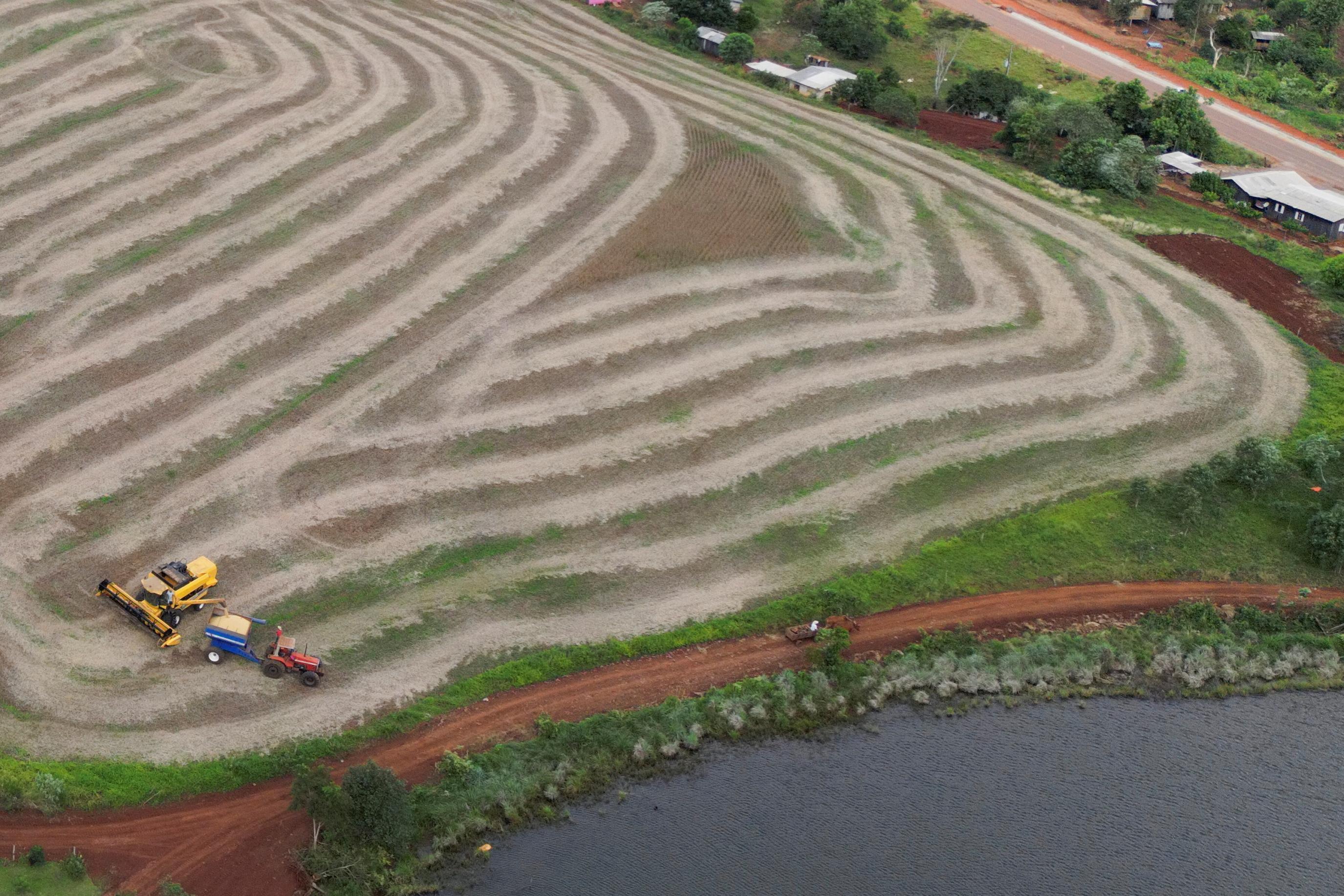
2024-09-05 10:24
A look at the day ahead in U.S. and global markets from Mike Dolan U.S. stocks look to have weathered the early September squall for now but interest rate speculation and ebbing bond yields now take center stage as evidence mounts of slowing U.S. labor market. Futures markets now see almost a 50-50 chance of a 50 basis point Federal Reserve rate cut this month and two-year Treasury yields plumbed 3.75% on Thursday for the first time in 16 months. In a sign that the Treasury market suspects the Fed may be late in getting across the weakening employment picture, the gap between two-year yields and the Fed policy rate is at its widest since 1981. And after more than two years of an inverted 2-to-10 year Treasury yield curve, the gap has been closed to zero. And although traditional market signals about this peculiar economic cycle have misfired repeatedly, that yield curve measure has historically turned positive just before the onset of recession. As a week of big labor market readouts unfold, the reasons for heightened easing speculation are clear. Following another dour update on contracting manufacturing activity on Tuesday, Wednesday's data showed U.S. job openings dropped to a 3-1/2-year low in July. Even though those numbers are for the month before this week's critical August employment report, the Fed's latest 'Beige Book' economic update described the jobs market as "generally flat to up slightly in recent weeks", and the stakes are rising. The ratio of job openings to job seekers is basically back to pre-pandemic levels. Private sector jobs data and updates on layoffs for August as well as weekly jobless claims numbers are all due later on Thursday. That the Fed is now watching these as a priority is not in doubt and San Francisco Fed President Mary Daly told Reuters late on Wednesday that the Fed needs to cut to keep the labor market healthy. "As inflation falls, we've got a real rate of interest that's rising into a slowing economy; that's a basic recipe for over-tightening," Daly said in an interview. Atlanta Fed boss Raphael Bostic said he was now giving equal attention to the Fed's maximum employment mandate as he is to inflation. "We must not maintain a restrictive policy stance for too long," he said. All of which may reasonably unnerve the stock market, but the Atlanta Fed's own real time 'GDPNow' growth model shows the economy still growing at more than 2% during the current quarter. Service sector surveys for August are due later on Thursday and are likely to give a better picture of activity than the factory readings earlier in the week. Spurring easing speculation and the bond market rally, oil prices continue to struggle and U.S. crude prices remain below $70 per barrel - clocking year-on-year declines of almost 20% for the first time in a year. The Bank of Canada felt emboldened enough to cut its policy rates on Wednesday for the third time this year, as expected. But Governor Tiff Macklem, citing weak growth, said a larger cut could be in order if the economy needs a boost. And so awaiting the rest of week's big reports, Wall Street stock indexes (.SPX) , opens new tab, (.IXIC) , opens new tab steadied on Wednesday after the early week selloff - with futures marginally in the red before today's bell and global stocks slightly lower too. The VIX volatility gauge (.VIX) , opens new tab has settled back around 20 - just above historical averages. The dollar index (.DXY) , opens new tab was also lower, with the getting a slight lift from upbeat German industry orders data for July that lifted the manufacturing gloom somewhat. Keeping the euro zone picture in context, however, Germany's Ifo institute said the economy there is likely to stagnate this year, abandoning its previous forecast of 0.4% growth. Key developments that should provide more direction to U.S. markets later on Thursday: * US August private sector payrolls from ADP, weekly jobless claims, Aug layoffs, Aug service sector surveys from ISM and S&P Global, Q2 revisions of productivity and unit labor costs * US corporate earnings: Broadcom, DocuSign, Smith & Wessson, American Outdoor Brands, etc * US Treasury sells $85 billion of 4-week bills Sign up here. https://www.reuters.com/markets/us/global-markets-view-usa-2024-09-05/
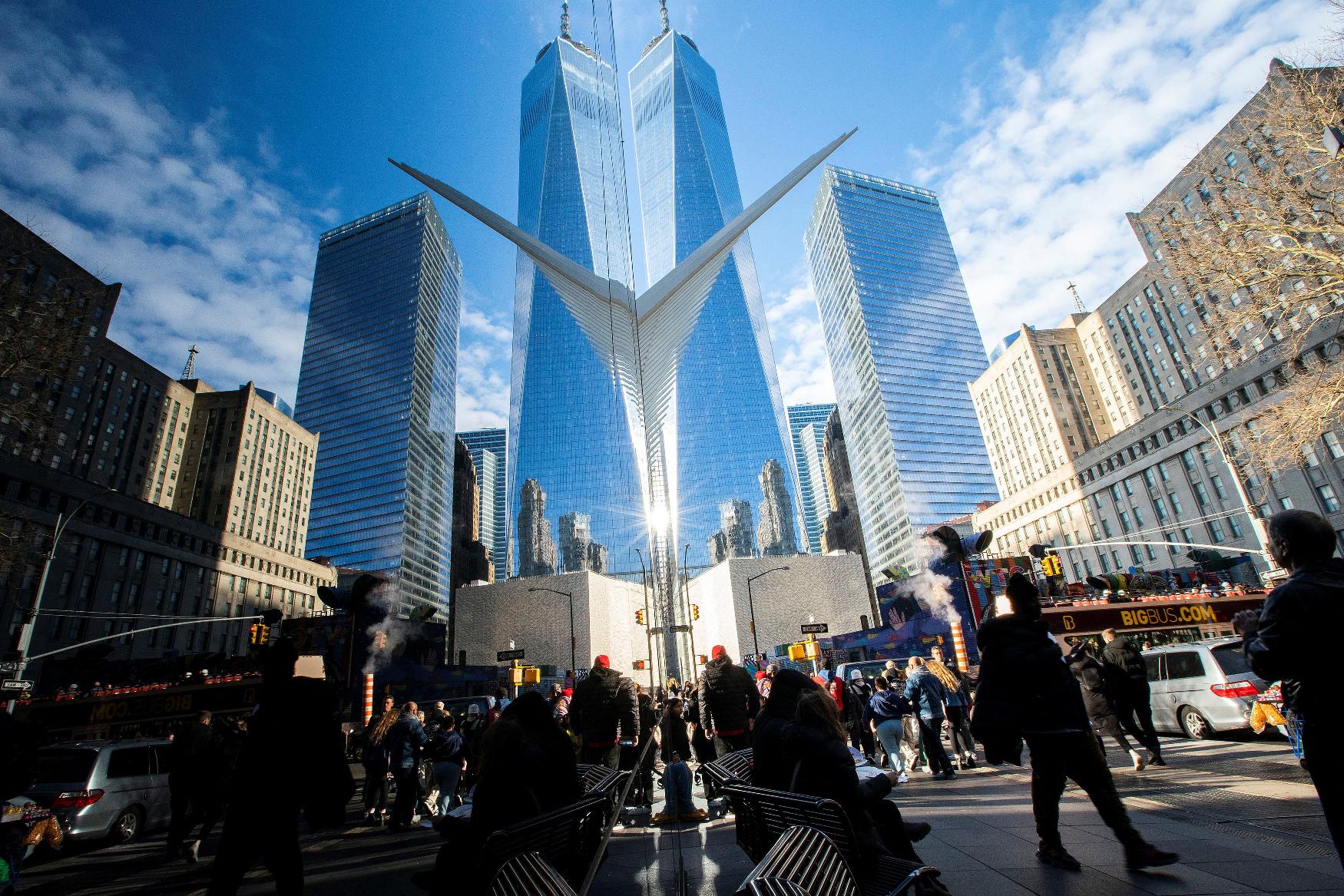
2024-09-05 10:18
MUMBAI, Sept 5 (Reuters) - The Indian rupee ended at its record closing low on Thursday, but was little changed versus the previous session, as the central bank's intervention helped negate the incessant dollar demand from importers. The rupee ended at 83.9825 to the U.S. dollar compared to 83.9650 in the previous session. Intraday volatility was muted, similar to the activity in recent sessions, with the local currency trading in a 2 paisa range. The Reserve Bank of India yet again sold dollars to support the rupee, which prevented it from slipping past the crucial 84 level. "The RBI was at it through most of today's session. There is obviously just no way of knowing when the RBI will decide that it has had enough of defending 84," a currency trader at a bank said. The rupee needed the central bank's help even on a day when the dollar was weak across the board. Weak U.S. job opening data pushed the odds of a 50-basis-point Federal Reserve rate cut this month higher to 45%, prompting traders to dump the dollar. "The rupee today completely disregarded the dollar's decline, like it has been doing for a number of weeks now," Kunal Kurani, associate vice president at Mecklai Financial said. "Now let's see whether Friday's (U.S.) job report will change things." August's U.S. non-farm payrolls data is being considered the most important jobs report in a long time in the wake of comments by Federal Reserve Chair Jerome Powell that further weakening in the labour market will not be welcome. Friday's report will decide whether the Fed will cut rates by 25 bps or 50 bps at the Sept 17-18 meeting. Right now, the futures market indicates that it is a toss-up. Sign up here. https://www.reuters.com/markets/currencies/rupee-ends-nearly-flat-cenbank-absorbs-importers-dollar-demand-2024-09-05/
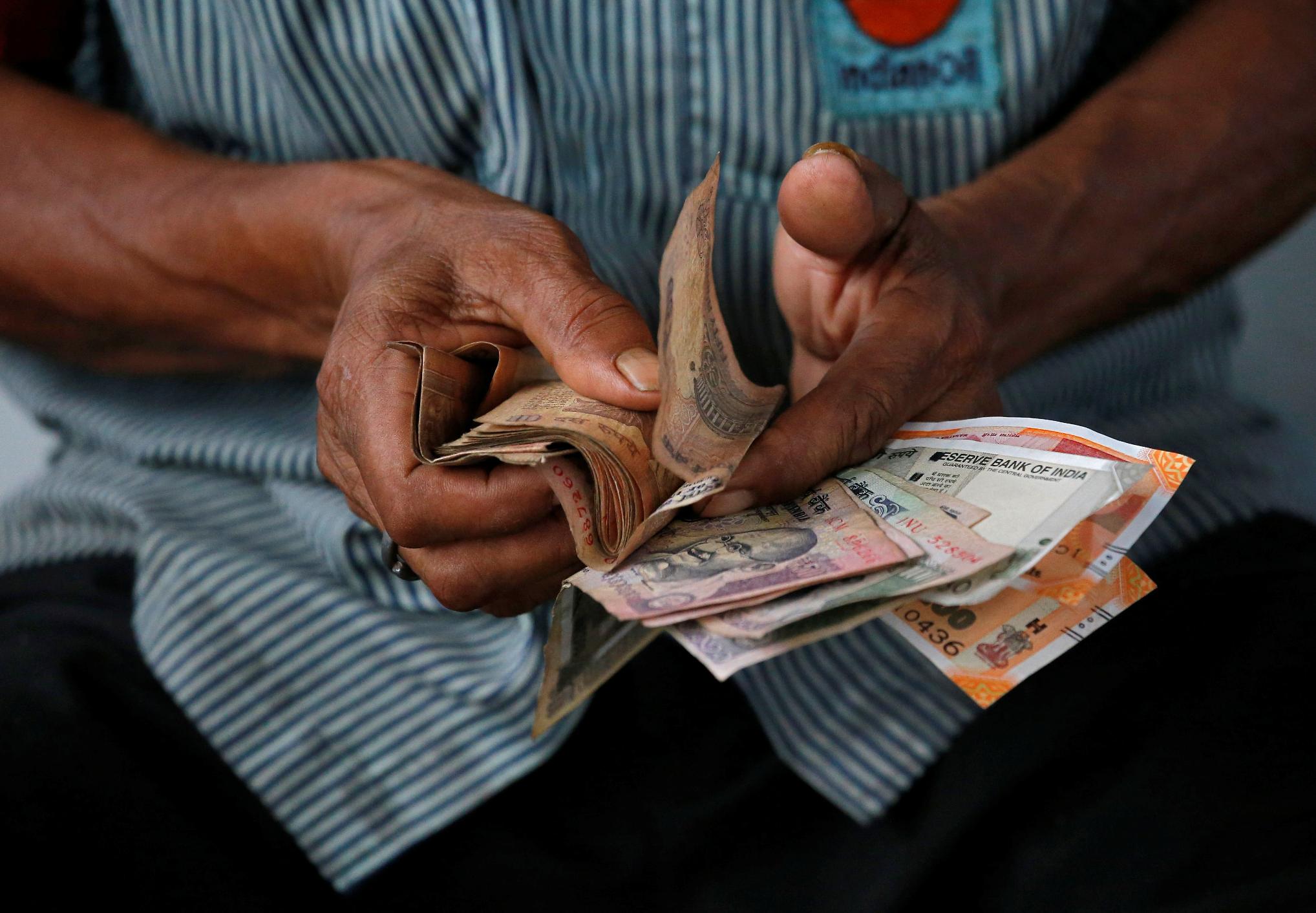
2024-09-05 07:58
Xi promises Africa billions in fresh financial support Vows three times more infrastructure projects than last summit UN chief warns of social unrest over inadequate debt relief Delegates pass Action Plan for China-Africa ties till 2027 Plan calls for establishment of Africa ratings agency BEIJING, Sept 5 (Reuters) - President Xi Jinping pledged on Thursday to step up China's support across debt-laden Africa with funding of nearly $51 billion over three years, backing for more infrastructure projects, and the creation of at least 1 million jobs. China was ready to step up cooperation with Africa in industry, agriculture, infrastructure, trade and investment, Xi told delegates from more than 50 African nations gathered in Beijing for the three-yearly Forum on China-Africa Cooperation Summit. "China and Africa account for one-third of the world population. Without our modernisation, there will be no global modernisation," Xi said. China, the world's biggest bilateral lender, promised to carry out three times as many infrastructure projects across resource-rich Africa despite Xi's avowed new preference for "small and beautiful" schemes based around selling advanced and green technologies in which Chinese firms have invested heavily. The Chinese leader committed 360 billion yuan ($50.70 billion) in financial assistance over three years, but specified that 210 billion would be disbursed through credit lines and at least 70 billion in fresh investment by Chinese companies. Smaller amounts would be provided through military aid and other projects. At the 2021 China-Africa summit in Dakar, China promised at least $10 billion in investment and the same again in credit lines. This time, the financial assistance would be in yuan, in an apparent push to further internationalise the Chinese yuan. After the opening ceremony, delegates adopted the Beijing Declaration on building "a shared future in the new era" as well as the Beijing Action Plan for 2025-2027, Chinese state media said. Xi also called for a China-Africa network of land and sea sea links and co-ordinated development, urging Chinese contractors to return to the continent now that COVID-19 curbs that disrupted its projects had been lifted. He did not mention debt in his speech, despite Beijing being many African states' biggest bilateral lender but the Action Plan included terms for repayment postponements and called for the establishment of an African rating agency. United Nations Secretary General Antonio Guterres told the summit that African countries' inadequate access to debt relief and scarce resources was a recipe for social unrest. African lending arrangements vary from country to country. Gulf states like Saudi Arabia come after China for countries such as Ethiopia. Others like Kenya would have many creditors including European nations. There are also debts to multilateral bodies such as the World Bank and private bond holders. SHARED FUTURE The forum chalks out a three-year programme for China and every African state bar Eswatini, which retains ties to Taiwan. In addition to 30 infrastructure connectivity projects, Xi said China was ready to launch 30 clean energy projects in Africa, offering to co-operate on nuclear technology and tackle a power deficit that has delayed efforts to industrialise. But he did not reiterate his pledge at the 2021 forum in Dakar for the Asian giant to buy $300 billion worth of African goods, pledging only to unilaterally expand market access. Analysts say Beijing's rules on plant sanitary checks are too strict, making China unable to meet that promise. But Africa looks set to receive more Chinese financing instead. Last year, China approved loans worth $4.61 billion to Africa, in the first annual increase since 2016. "I'm here to see how best we can foster our relationship with China," Princess Dugba, Sierra Leone's fisheries and marine resources minister, said on the summit's sidelines. "China is getting us a fish harbour, which is one of the first of its kind," she said. ($1=7.0976 Chinese yuan renminbi) Sign up here. https://www.reuters.com/world/china-deepen-industrial-agricultural-trade-investment-ties-with-africa-2024-09-05/
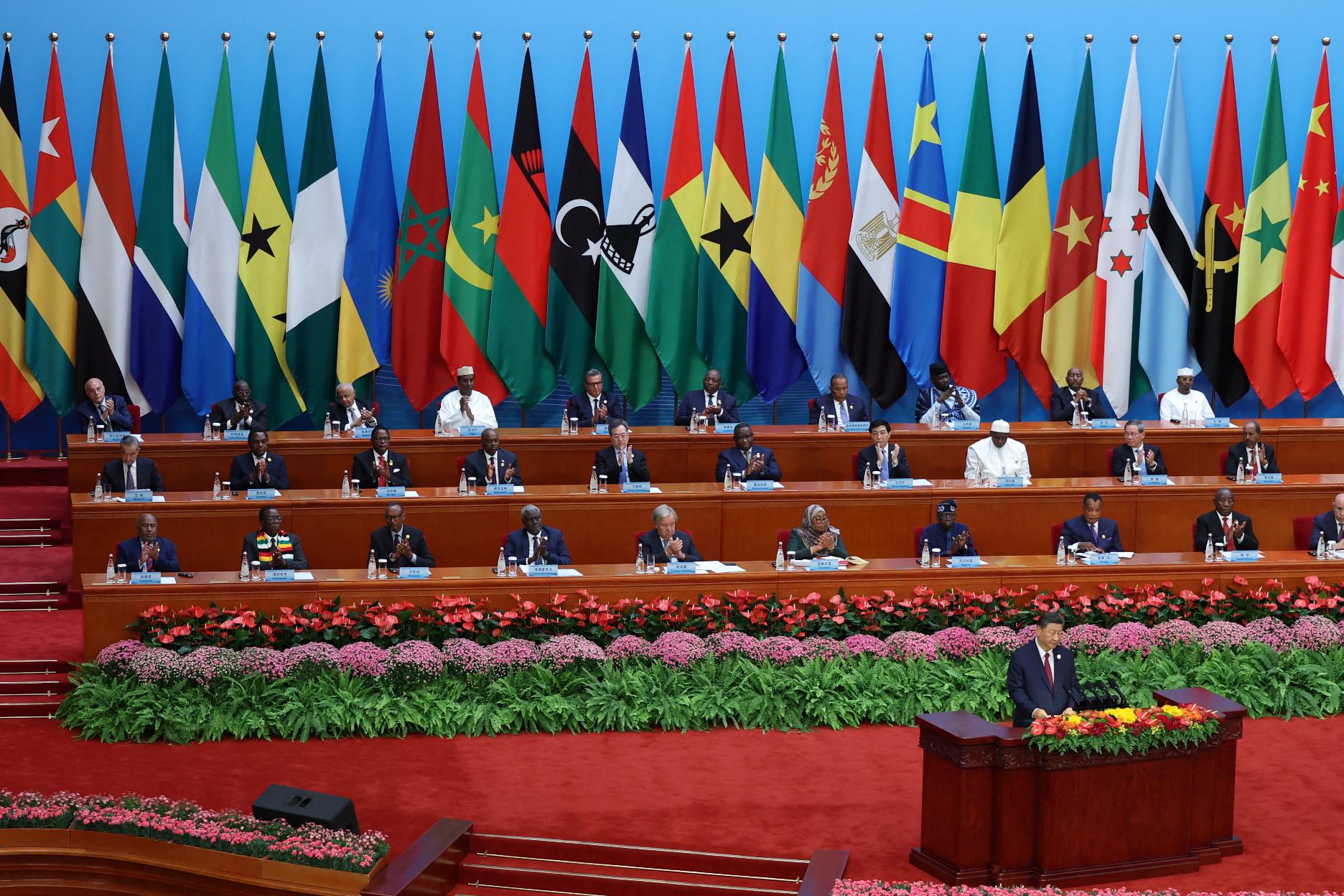
2024-09-05 07:56
NAPERVILLE, Illinois, Sept 4 (Reuters) - Farmers in Mato Grosso normally start planting soybeans in mid-September, but an unusually dry stretch of weather in Brazil’s biggest producing state is likely to jeopardize their early efforts. Dry Septembers in Mato Grosso typically cause soybean planting delays, pushing back the harvest date. That sometimes extends the export window for U.S. soybeans beyond January since Mato Grosso’s beans are among Brazil’s first to be harvested and exported. August falls near the end of dry season in Mato Grosso, which produces 29% of the country’s soy crop. But last month’s rainfall was especially light and forecasts as of Wednesday show virtually no precipitation in the region through mid-September. That follows an ominous trend in the center-west state as the last 12 months were the driest for that period in at least a quarter century, zapping soil moisture. Brazil’s dry start could challenge the idea of a record soybean harvest in 2024-25, especially as planted area in the top bean exporter is seen growing at the slowest rate in nearly two decades because of the recent slump in global prices. If a rainier pattern sets up toward the second half of September, production fears should somewhat ease. The bulk of Mato Grosso’s soybeans are sown in October, which is normally about three times wetter than September. But if the remainder of 2024 stays dry, Mato Grosso’s yields will suffer, as was the case last year. October-December rainfall was nearly half of average levels, and the state’s soybean yields were the worst in eight years, down 16% from the prior year’s record. Last year’s soy harvest in Mato Grosso was also marred by exceptionally hot temperatures through the entire growing season, much warmer than anything observed in recent years, perhaps ever. That pattern luckily did not persist, however, as temperatures in the state were cooler than average over the past four months. Brazil’s southern soybean states have also turned dry, but they will plant later than Mato Grosso, so there is time for the situation to improve. Soils have dried out in Parana after an abnormally dry August, and the forecast is dry until at least mid-month. Moisture levels are ample in Rio Grande do Sul, though the near-term forecast is also dry as in Parana. Together the two states account for between 25% and 30% of Brazil’s soybean output. Recent industry predictions place Brazil’s upcoming 2024-25 soybean crop between 165 million and 170 million metric tons, up between 8% and 15% on the year depending on which 2023-24 estimate is used. But if better weather does not soon materialize in Mato Grosso and other key growers, Brazil could fail to reach its soybean production potential for a second consecutive year. Karen Braun is a market analyst for Reuters. Views expressed above are her own. Sign up here. https://www.reuters.com/markets/commodities/acute-dryness-brazils-top-soy-state-may-disrupt-planting-2024-09-05/
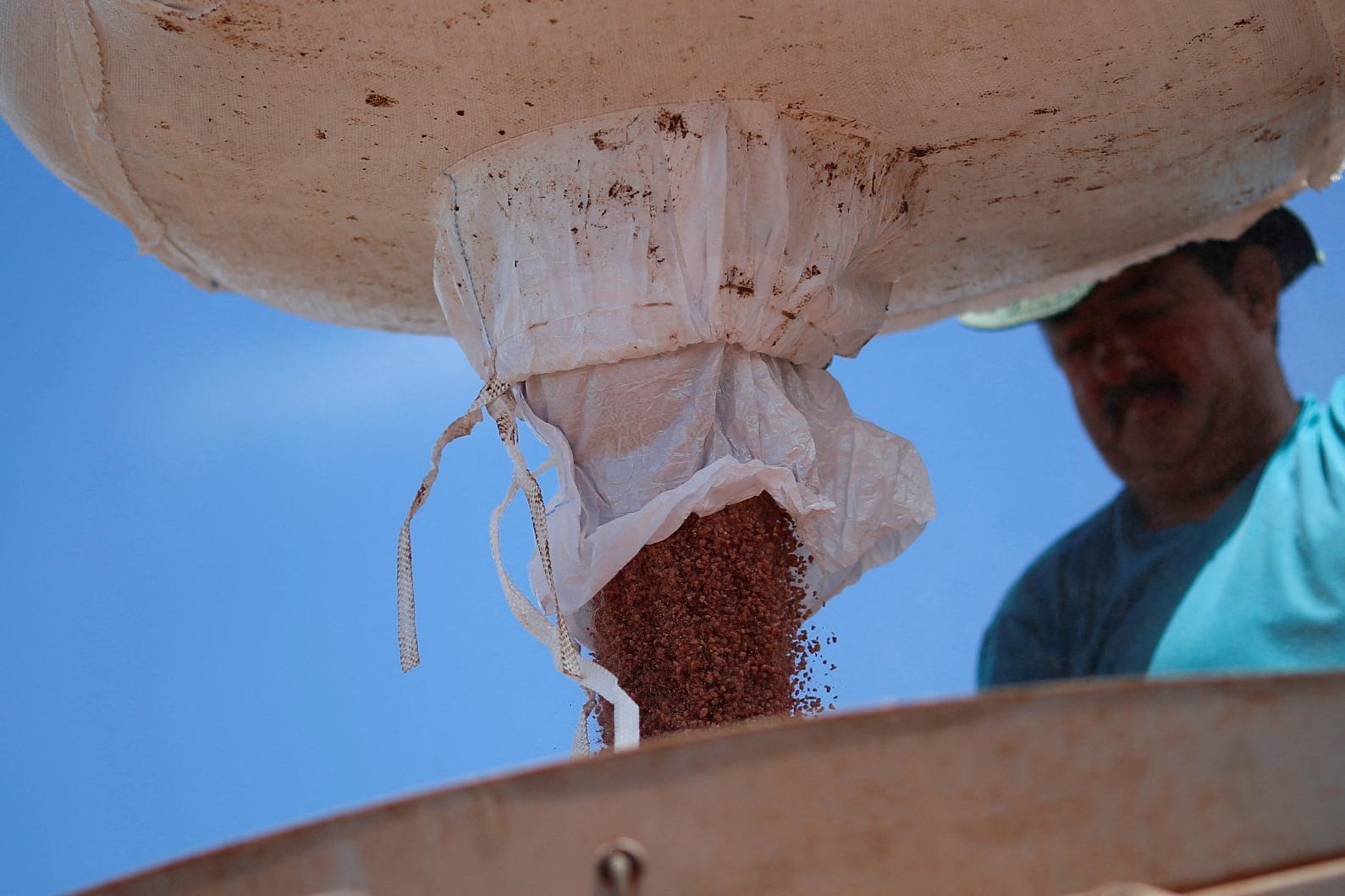
2024-09-05 07:51
VLADIVOSTOK, Russia, Sept 5 (Reuters) - Russian President Vladimir Putin said on Thursday that Ukraine's Kursk incursion was aimed at slowing the Russian advance in Donbas but that it had failed as Kyiv had simply weakened its forces along the rest of the front. In the biggest foreign attack on Russian sovereign territory since World War Two, thousands of Ukrainian soldiers smashed through the Russian border on Aug. 6 aided with swarms of drones, heavy weaponry and artillery, some Western made. Putin, speaking at the Eastern Economic Forum in Vladivostok, said that Ukraine by transferring large and well-trained units into Russia, Ukraine had weakened itself and allowed Russia to accelerate the offensive in eastern Ukraine. Putin said it was Russia's "sacred duty" to expel the invaders and that Russian forces were starting to push out Ukrainian troops from Kursk. He said that the Russian advance on the eastern Ukrainian city of Pokrovsk was successful. Sign up here. https://www.reuters.com/world/europe/putin-says-ukraines-kursk-incursion-has-failed-slow-donbas-advance-2024-09-05/
